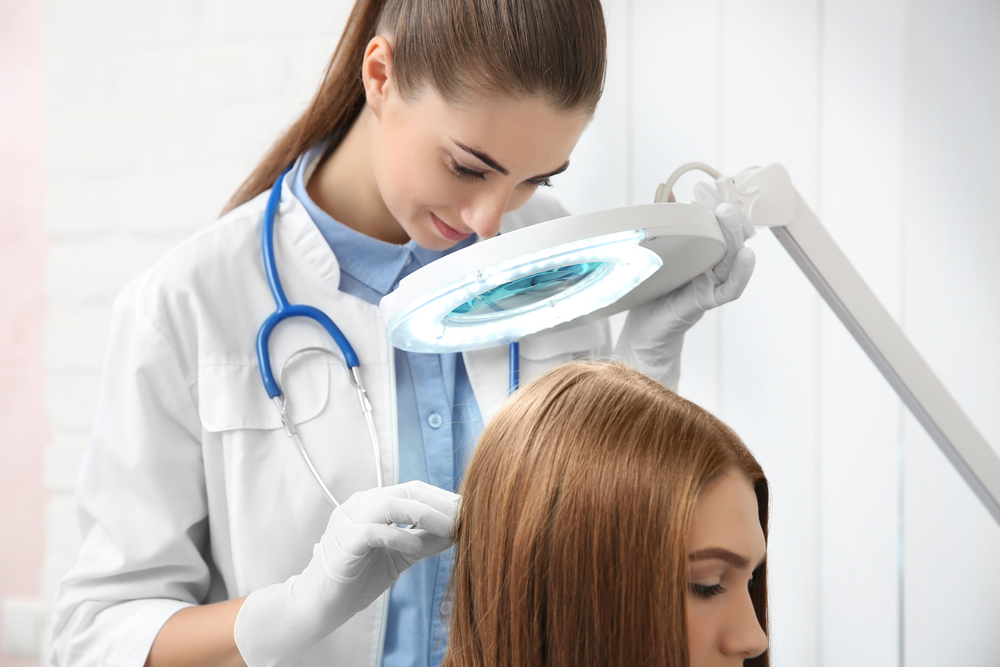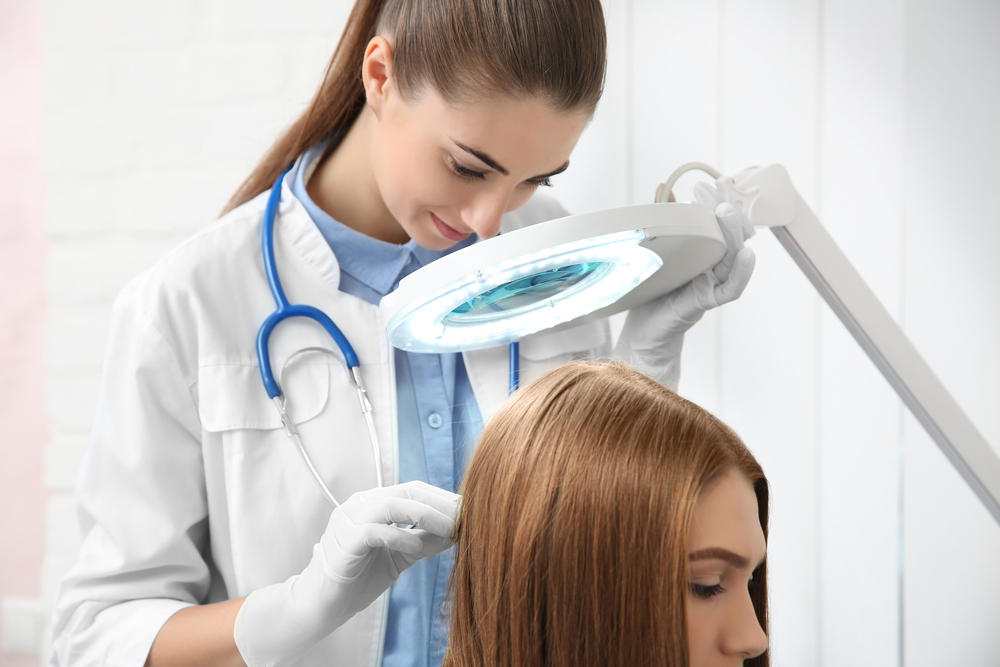Complete Overview of Psoriasis: Types and Key Facts
Explore an in-depth overview of psoriasis, including its common types, symptoms, and associated health issues. Learn how this chronic skin condition affects millions worldwide, with insights into symptoms, risk factors, and management options. Understand the differences between plaque, inverse, erythrodermic, pustular, guttate, and nail psoriasis. Discover why consulting healthcare professionals is essential for accurate diagnosis and effective treatment, as there is currently no cure for the condition.

What You Need to Know About Psoriasis and Its Variations
Psoriasis is a common chronic skin condition that causes red, flaky patches covered with silvery scales. It frequently appears on the scalp, elbows, and knees but can also affect nails, the torso, legs, and other areas. With over 130 million affected worldwide, psoriasis impacts individuals of all ages. In the US alone, approximately 7.5 million people have plaque psoriasis, accounting for about 2% of the population. Both men and women are equally susceptible, though occurrence varies among different ethnic groups.
While not contagious, psoriasis has a hereditary component, and its exact cause remains unknown. It develops beneath the skin and can vary from mild to severe. Psoriasis is often associated with other health issues such as heart disease, Type 2 diabetes, and psoriatic arthritis. About 15% of sufferers develop joint inflammation, which may be mistaken for gout or rheumatoid arthritis. Although there is no cure currently, several treatments help control symptoms effectively.
Psoriasis manifests in different forms depending on location, severity, and individual factors. Key types include:
Plaque Psoriasis: The most prevalent form, characterized by red patches with silvery scales that can appear anywhere on the skin or mucous membranes. It may be itchy or painful.
Inverse or Flexural Psoriasis: Affects skin folds such as the groin, underarms, and behind knees, appearing smooth and shiny.
Erythrodermic Psoriasis: A severe, less common type that covers the entire body in a red, peeling rash, causing significant discomfort.
Pustular Psoriasis: Features white pustules on red skin, affecting small areas like the hands and feet or large surface regions. Symptoms may include fever and muscle weakness. Variants include acropustulosis, palmoplantar pustulosis, and von Zumbusch.
Guttate Psoriasis: Often triggered by streptococcal infection, presenting as tiny, drop-shaped lesions on the skin, seen in both children and adults.
Nail Psoriasis: Not a separate type but common, causing nail discoloration, deformity, pitting, and separation from the nail bed.
Important Note:
This article provides informational content only and should not replace professional medical advice. Always consult healthcare professionals for diagnosis and treatment options.


